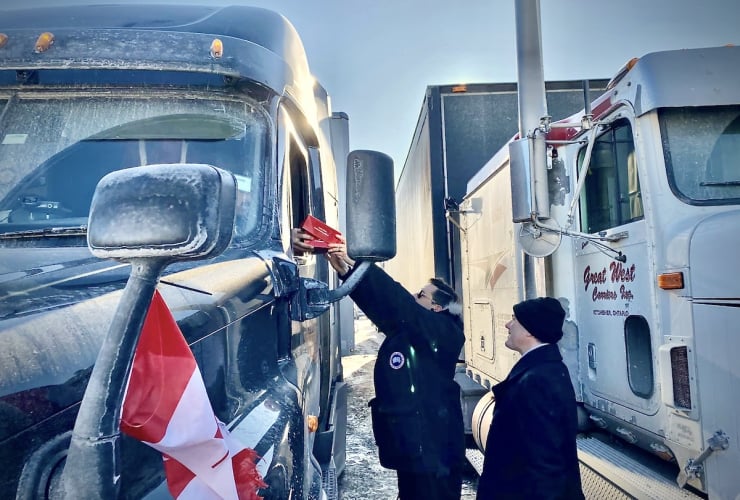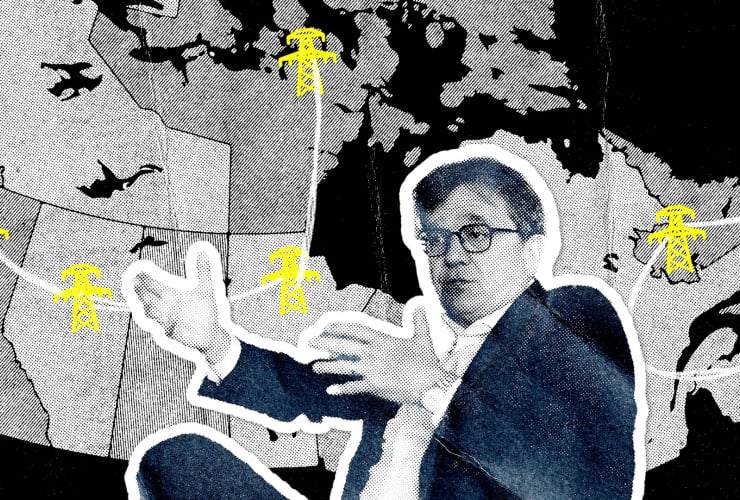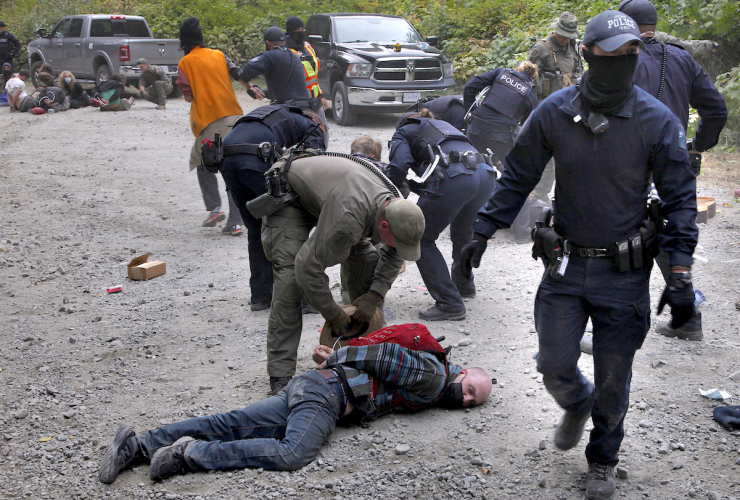The B.C. government continues to move at a glacial pace to meet an overdue promise to transform the logging industry and protect endangered old growth forests and ecosystems, say B.C. conservation groups.
On Monday, the province issued its latest progress report on transforming forestry practices to preserve ancient forests and vital ecosystems and meet 14 calls to action from the old-growth strategic review (OGSR) completed in spring of 2020.
The From Review to Action plan is a lackluster effort that fails to include any new steps, specific details, or deadlines urgently needed to preserve what little old growth remains, said Jens Wieting, Sierra Club BC’s senior policy and science advisor.
“I’m disappointed. Without ambitious timelines and milestones, the newly-released update does not guarantee the necessary forestry reforms nor timely interim and long-term protection of at-risk old-growth,” said Wieting.
It’s been four years since the review was completed. The plan included immediate, short and long-term targets for industry changes over a three year period, he noted.
The most urgent review recommendations called for the immediate deferral of logging in diverse forests facing the greatest risk of irreversible biodiversity loss, protecting more massive trees, partnering with First Nations to include communities’ input in forestry decisions and developing public transparency and reporting in the industry.
“Now we’re seeing the province say, ‘It will take years to achieve the full intent of some of the recommendations,’” Wieting said.
In the old growth update, the province cited progress on forestry reforms and biodiversity protection, highlighting a $1.1-billion three-way agreement between British Columbia, Indigenous leaders, and Ottawa to protect 30 per cent of B.C.'s land and oceans by 2030.
The province is also improving on-the-ground understanding on the state of old growth forests through better mapping, data and knowledge sharing, and aims to create more local forestry jobs, the update said.
"Aligned with the Old Growth Strategic Review, we are supporting local decision-making in forest landscape planning, getting fibre that was previously considered waste to mills and boosting made-in-B.C. wood manufacturing that provides more local jobs for every tree harvested," said Forestry Minister Bruce Ralston in an emailed statement.
“By working together, we will make sure our forests are healthy and continue to benefit communities and people for the long term.”
The province’s ongoing commitment and work with First Nations to implement the strategy’s goals is commendable, Wieting said.
However, most notably, the province has secured logging deferrals in less than half of the 2.6 million hectares of the most at-risk old-growth areas sheltering the biggest, oldest trees, or the rarest or most ecologically important habitat prioritized by the technical advisory panel (TAP) in 2021, he stressed.
That still leaves 1.3 million hectares of the most critical stands without any apparent protection from logging, Wieting said. The government is working to improve mapping and data on old growth forests, but has more than enough existing information to take interim measures to secure deferrals in the highest priority areas, he added.
Ralston's office did not provide comment or respond to questions by Canada's National Observer about what the plan is for the unprotected priority deferral areas moving forward and what level of protection, if any, they can expect.
To date, the province and First Nations have temporarily deferred logging in 2.4 million hectares of old growth in 11 areas throughout B.C., including some parts of the Fairy Creek watershed and central Walbran area, where a number of tense and protracted logging blockades took place.
However, it's not clear to what extent those announced deferrals are a result of new protection measures, or if they include previously existing provincial forestry protection measures already in place, such as the old growth or wildlife management areas protected from logging set up in the Fairy Creek region.
Further, there's also little clarity about where the TAP’s prioritized deferrals areas are located and how long the temporary protections are in place, said Tobyn Neame, forest campaigner with the Wilderness Committee, in a statement.
The old growth update states the immediate recommendations in the review such as the urgent TAP deferrals are in “advanced” stages of completion, an assessment the Wilderness Committee categorically disputes, said Neame.
However, in tandem with the report, the forestry ministry website did release some data that gave a partial breakdown of the current inventory of old growth forests in B.C. — such as how much old growth is deferred overall, the amount of prioritized TAP areas deferred or not and what TAP areas have been harvested since 2021.
To date, only three per cent of the total TAP prioritized areas, or 77,847 hectares, fall inside timber harvest areas with existing cutting permits. Nearly a third of that amount — predominantly big tree old growth — has been logged, according to the ministry. The minister's office did not clarify if additional cutting permits will be issued moving forward in other unprotected TAP priority areas.
The report also postpones the spring roll-out of B.C.’s new blueprint to protect biodiversity until 2025 after the provincial election, she added. The Biodiversity and Ecosystem Health Framework plan aims to develop wildlife recovery plans, research and laws that value nature over resource extraction and collaboratively steward B.C.'s lands and waters with First Nations.
The Nature Agreement and attached funding is a critical and immediate tool the province could employ, said Wieting. It would allow First Nations to consider old growth logging deferrals in their territories. Securing the immediate and long-term protection of the most ecologically valuable old growth stands could pay a double dividend by helping B.C. meet its commitment to protect 30 per cent of its most valuable forests and lands, Wieting noted.
“It will take generations for industrially degraded forests to recover,” he said.
“But we don’t need many years to protect what's left of the last endangered old growth forests, to implement the paradigm shift in forest stewardship and move away from destructive logging and ongoing loss of biodiversity.”
Rochelle Baker / Local Journalism Initiative / Canada's National Observer
So, this is the wrong thing
So, this is the wrong thing to do for the province. But, there are often political reasons why political parties do the wrong thing; I disagree and I want them to stop, but I understand what's going on.
But this stuff with old growth and LNG . . . I really don't get why the BC NDP keep on begging the Greens to split the vote.







Comments